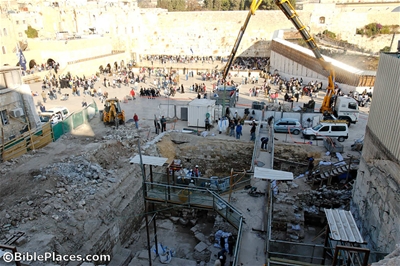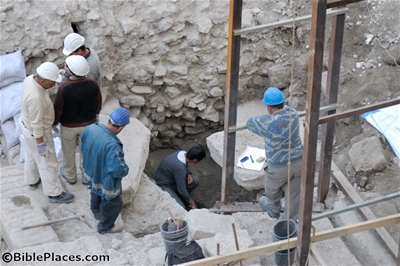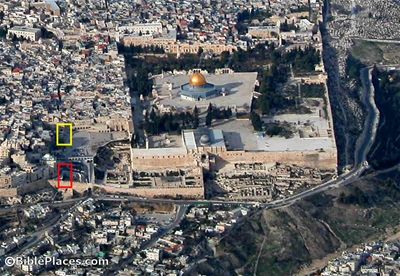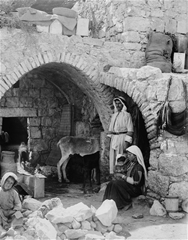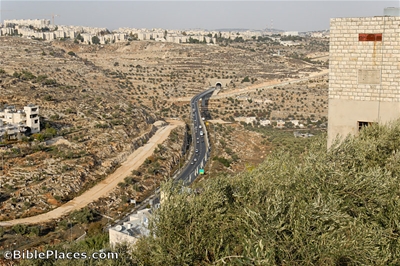From a notice received today from the City of David visitor’s center:
Here are some very important updates for all travel agents, tour guides and trip organizers.
City of David Presentation – from 1.01.07, there will be a charge of NIS 5 per person for entry to the new 3-D presentation at the City of David. You can book a presentation together with a visit to the City of David, for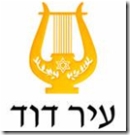 preset times (only by making a definite booking, approved by the booking system). Due to the high demand, cancellation fees will be according to the price of the presentation itself (NIS 5), and the cancellation fees will be charged for any cancellation made within one week of the visit.
preset times (only by making a definite booking, approved by the booking system). Due to the high demand, cancellation fees will be according to the price of the presentation itself (NIS 5), and the cancellation fees will be charged for any cancellation made within one week of the visit.
Set daily guided tours – please note – we offer daily tours accompanied by a guard (registration in advance, available to individuals). There is a set tour in Hebrew, and a set tour in English, starting daily at 10 a.m. (duration of guided tour about 3 hours).
The Shiloah Pool (Pool of Siloam) and Herodian Street – as of 1.01.07, this site (from the Second Temple era) will become a closed site of the Nature and Parks Authority. All visitors to the City of David will, of course, continue to enjoy this impressive site. The ticket to the City of David will continue to include entry to the Shiloah Pool. Visitors who only want to visit the Shiloah Pool will be able to purchase a ticket at the entrance to the pool, at the foot of the City of David, near the Kidron ravine. Entry fee to the Shiloah Pool and Herodian Street will be NIS 6 per person.
The City of David “Segway” – special trips in an up-to-the-minute, ingeniously designed two-wheeled vehicle. The tour lasts about an hour and a half, along the Armon HaNatziv (Commissioner’s Palace) pr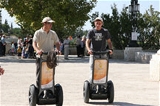 omenades – the eastern Goldman Promenade, the Sherover Promenade, and the Haas Promenade. An impressive and scenic tour, accompanied by an official tour guide, with breathtaking views and an “action” ride in the state-of-the-art vehicle. NIS 150 per person for the trip!
omenades – the eastern Goldman Promenade, the Sherover Promenade, and the Haas Promenade. An impressive and scenic tour, accompanied by an official tour guide, with breathtaking views and an “action” ride in the state-of-the-art vehicle. NIS 150 per person for the trip!
Temporary closure of the Shiloah Tunnel (Hezekiah’s Tunnel) for routine
maintenance – between 14.01.07 and 28.01.07, the Shiloah Tunnel will be closed for two weeks for ongoing maintenance work and restoration of the plaster on the floor of the tunnel.
We will be happy to help you with any clarifications and inquiries –
City of David Booking Center – *6033
At your service
Sincerely
Shahar Shilo
Marketing director, City of David
